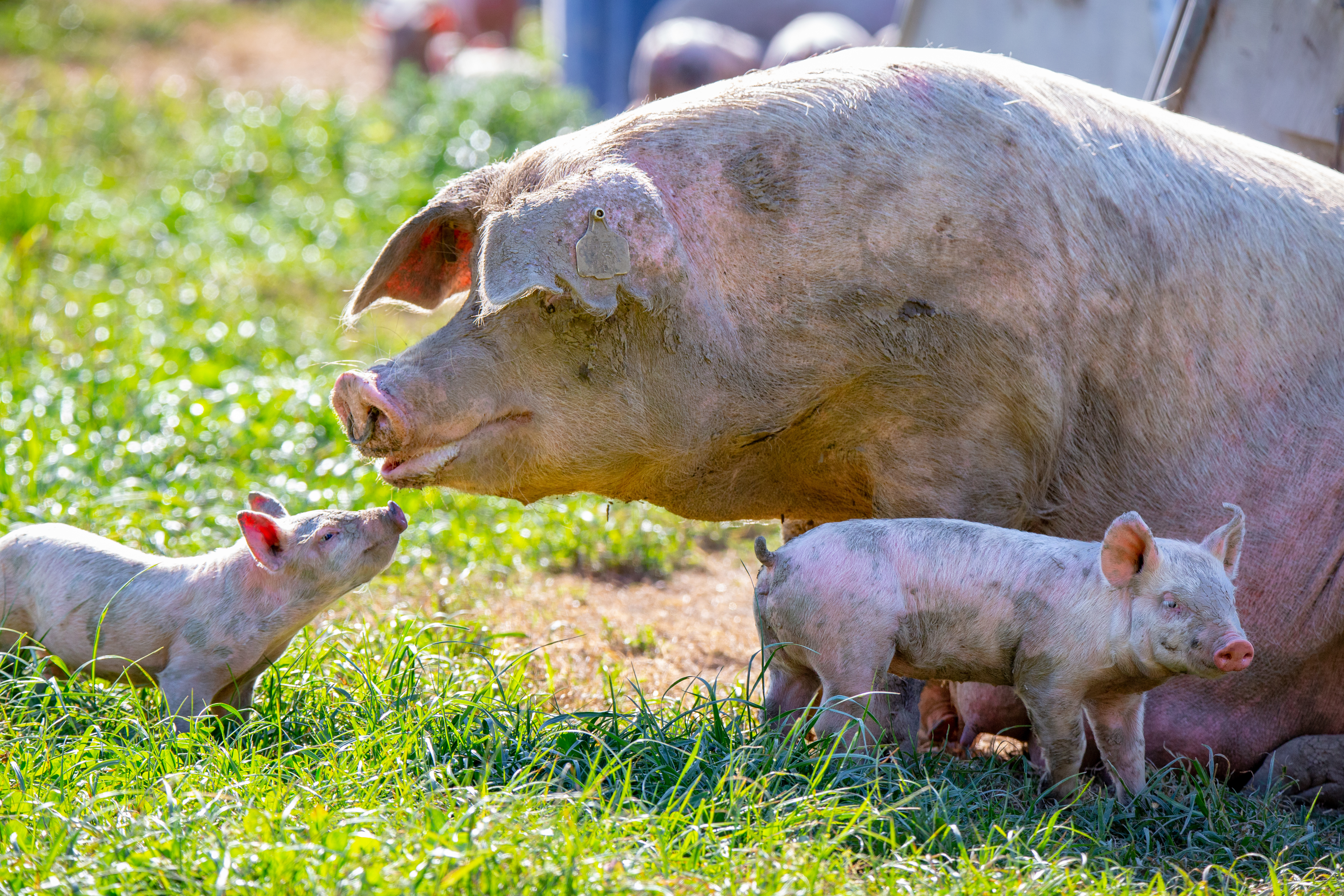



Strategies to enhance oestrus induction in lactating sows
The effective mating of sows in lactation can form the basis for an entirely new reproductive management paradigm that improves welfare and production efficiency without the need for sow confinement.
Author J.A. Downing, E.J. McDonald and L.R. Giles. Faculty of Veterinary Science, the University of Sydney
Background
Results from Pork CRC project 2D-113 ‘Induction of oestrus in lactating sows’ confirmed it was possible to induce oestrus in lactating sows at 24-25 days after farrowing with an injection of PG 600 at 20 days post-partum combined with boar exposure and overnight (16 h) piglet separation each day until mating by AI. While this protocol was successful there remained no clear understanding of the relevance of each of the individual components. The objective of the current research was to refine the original induction protocol by investigating the roles of PG600 injection, boar exposure and the period of piglet separation needed to get successful level of mating and pregnancy in lactating sows.
Methodology
The project involved 4 experiments to determine:
- The earliest time in lactation that oestrus can be induced;
- The role of PG600 injection and the days of piglet separation needed;
- The period of piglet separation (hours/day) needed;
- The role of fenceline boar exposure and rate of spontaneous ovulation in lactating sows.
All experiments were undertaken at the Research and Innovation unit, Rivalea, Corowa NSW, using the PrimeGroTM genotype.
Key findings/conclusions
- Around 15% of sows were found to spontaneously ovulate during lactation.
- The oestrus induction protocol can be initiated as early as day 14 of lactation but would be best limited to day 16 and later of lactation to ensure good pregnancy rates and litter size.
- The use of PG600 does not seem critical to oestrus induction.
- With fenceline boar exposure, the piglet separation period can be limited to overnight (16h) for 3 days.
- With fenceline boar exposure, separation for 8h for 3 days while giving good mating results may have negative effects on return to oestrus rate and subsequent litter size.
- Using PG600, piglet separation and fenceline boar exposure resulted in similar lactational mating rates for primiparous as for multiparous sows.
- Fenceline boar exposure alone is not sufficient to induce lactational oestrus in a high percentage of sows.







